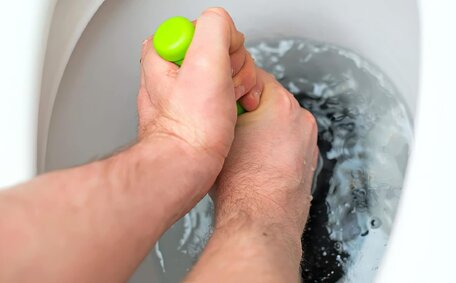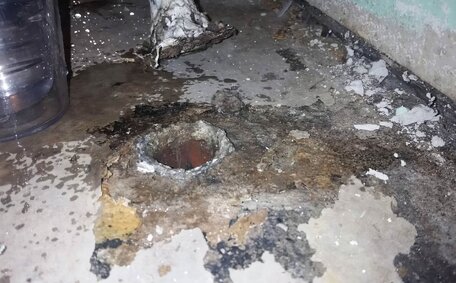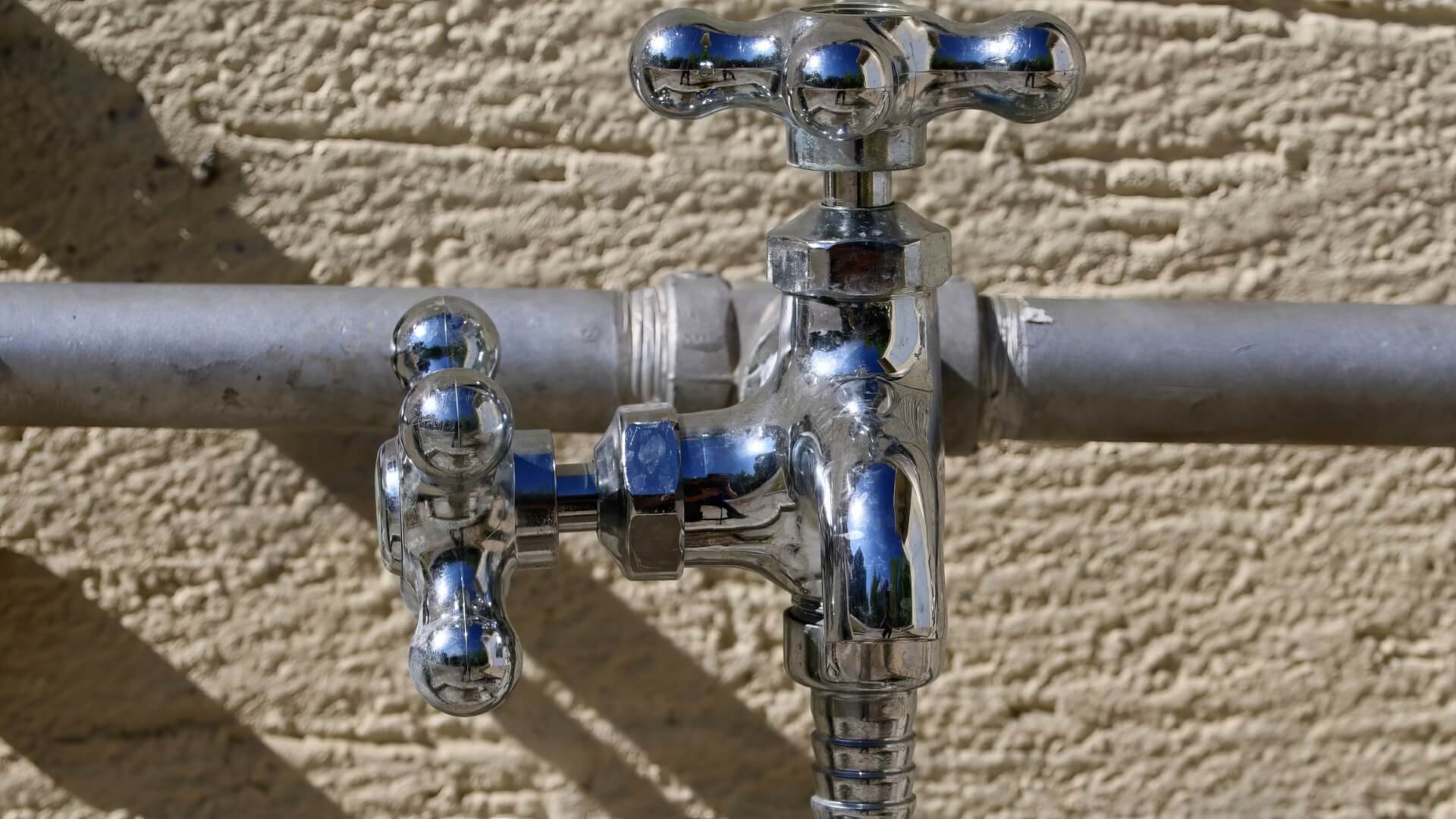Understanding Fire Sprinkler Systems and Why They May Need Relining
Fire sprinkler systems are essential safety mechanisms composed of a network of pipes and sprinkler heads that are designed to automatically distribute water when high heat is detected. They help contain fires, minimise damage, and save lives in residential, commercial, and industrial buildings.
Over time, the pipes and components in these systems can become damaged due to issues like corrosion, leaks, and mineral buildup. Relining a fire sprinkler system involves renewing the pipe interiors, avoiding the need for complete replacement. This can restore and extend their lifespan cost-effectively.
Fire sprinkler systems are typically made from steel, copper, or CPVC plastic. When steel sectional pipes start showing pinhole leaks or larger holes, the system’s integrity and water pressure are impaired.
While steel is durable, it is prone to corrosion from continual water contact, and similarly, copper and CPVC have limited lifespans.
Rather than undergo full system replacement which disrupts buildings at high costs, relining offers a minimally invasive and affordable solution.
Common Issues with Fire Sprinkler Systems That Necessitate Relining
There are several common issues that can affect fire sprinkler systems over time, necessitating professional relining for continued functionality:
Corrosion
Internal corrosion and rust instigated by prolonged water exposure is a significant threat to fire sprinkler systems, leading to leaks, restricted flow, and potential failure. Timely relining to address corrosion can significantly extend the system’s lifetime by decades.
Pipe Leaks
Leaks stemming from small holes to large ruptures reduce system water pressure and capacity. As metal pipes age, they’re vulnerable to pinhole leaks, and plastic pipes can turn brittle, leading to cracks.
Unchecked leakage can lead to deficient fire sprinkler suppression abilities. Relining your system seals leaks efficiently.
Mineral Buildup
Your water’s hardness can leave behind calcium, magnesium, and other mineral deposits inside pipes over the years. This buildup narrows pipe diameters, lowers water volume, and increases pressure loss. A relined system provides mineral-free, smooth internal walls.
Flow Rate Issues
With factors like corrosion, leaks, and mineral buildup, available water flow rates through fire sprinkler systems can drop below required levels. Relining removes obstructions and innate damage to restore full flow capacity per code.
In summary, relining fire sprinkler system pipes and components periodically renews integrity, pressure ratings, and water flow rates to maintain ongoing fire protection. It saves time, money, and disruption compared to full system replacement.
The Pipe Relining Process for Fire Sprinkler Systems
Relining fire sprinkler systems involves restoring worn pipes by applying a seamless epoxy coating on the interior rather than replacing entire pipe sections. This preserves system infrastructure for decades longer at lower costs.
A leading relining product, NuFlow 7000, meets NFPA standards and has NSF/ANSI 61 certification for potable water contact. At just 1/16th inch thick, it renews pipes without reducing diameters. Approved across North America, NuFlow 7000 is chloride and chemical-resistant while providing hydrogen sulphide protection.
The application process could begin by draining and cleaning pipes with water flushing. Technicians meticulously dry pipe interiors before using airless sprayers and centrifugal cast lining for the even application of NuFlow 7000. It cures solid within hours.
Compared to tearing out and replacing corroded pipes, epoxy relining is less invasive, faster, more sustainable, and costs a fraction starting from only $40 per linear foot installed. It also comes with long guarantees. Regular relining maintains the emergency fire suppression capabilities of fire sprinkler systems.
Choosing Between Relining and Full Replacement
When fire sprinkler systems show signs of corrosion, leaks, or other damage, building owners and managers face the decision of whether to reline pipes or perform full system replacement. Deciding between relining and full replacement hinges on numerous factors.
When to Consider Relining
Relining, at about $40 per linear metre, preserves original pipe exteriors and is generally completed within a week.
It adds decades of lifespan with long-term warranties.
When Replacement May Be Necessary
Full replacement may be necessary for systems with extensive pipe damage, large holes, or components nearing the end of their life. Replacing all pipes lets owners choose newer and better materials. In contrast, Replacement is more disruptive and costs from $20 to $75 per square metre, necessitating months of coordination.
Assessing System Condition
The ideal starting point is having a reputable sprinkler contractor thoroughly inspect all pipes, valves, sprinkler heads, and connections. They can gauge remaining wall thickness, test water flow rates, and evaluate functionality. Such assessments yield detailed information, guiding the decision on whether epoxy relining or full replacement is the more cost-effective and practical solution for a specific building.
In summary, periodic relining enables fire sprinkler systems to remain working safely for building occupants while replacement becomes mandatory once multiple components fail irreparably. Consider both options objectively along with regular professional maintenance.
Types of Fire Sprinkler Systems Compatible With Relining
Wet Pipe Systems
Wet pipe systems, constantly filled with water, are prevalent in commercial and residential settings. They offer immediate water discharge for fire suppression. Wet pipe systems, with their largely intact piping infrastructure, are excellent candidates for epoxy relining to prolong their service life.
Dry Pipe Systems
Dry pipe systems contain pressurised air or nitrogen, which is replaced by water when sensors activate. Once the air compressors or nitrogen containers are isolated, these systems can also undergo relining successfully. It renews the passive part of dry pipe networks only.
Deluge Systems
Deluge systems, with open sprinkler heads connected to the water supply, ensure quick and significant discharge for high-risk areas. Relining deluge system supply piping restores integrity to ensure strong, reliable flow rates if ever triggered, though their specialised open heads would be left alone.
Material and Size Considerations
Certified for potable water contact, NuFlow 7000 can reline structurally sound metallic or plastic pipes ranging from 2.5 to 30 cm in diameter. Custom fibre-reinforced structural linings can be an alternative to full replacement for larger diameter tanks or heavily damaged sections.
Cost and Benefits of Relining Vs. Replacement
From a financial perspective, relining fire sprinkler systems offers immediate and long-term cost savings over complete replacement.
Relining Cost Savings
Epoxy relining is cost-effective at about $40 per linear metre, safeguarding the current infrastructure for ongoing usage. Total replacement of fire sprinkler systems can cost between $20 to $75 per square metre of building area, leading to considerable expenses.
Additional Relining Benefits
- Much less destructive to building interiors and construction work needed
- Typically completed in days without interrupting occupants
- Restores flow rates and system integrity to like-new condition
- Includes a ten-year guarantee, offering long-term assurance
- Extends total system lifespan by decades
- Averts potential corrosion and leakage problems
- Facilitates budgeting for scheduled maintenance and relining
Epoxy relining in the right circumstances provides tremendous cost savings and ensures dependable fire protection. Relining is a fraction of the price to buy building owners extended time before replacement becomes an unavoidable, costly endeavour.
Long-Term Maintenance After a Sprinkler System Reline
After completing epoxy relining on a fire sprinkler system, ongoing periodic maintenance is crucial to ensure maximum lifespan and effectiveness.
Regular Inspections
It’s advisable to schedule professional inspections at least annually. Technicians carry out detailed assessments of functionality, check for leaks, measure water flow and pressure, and evaluate pipes and components for new damage. Catching minor issues early is key.
Addressing Problems Promptly
Should inspections reveal new leaks or corrosion, immediate repair is crucial to prevent further deterioration. Any compromised sections can be spot relined. Also act quickly on flow or pressure readings below required baselines to prevent future impairment.
Flushing the System
In hard water areas, regular system flushing every 3 to 5 years clears out mineral deposits before they accumulate severely. This maintains smooth pipe interiors and maximum flow capacity.
Supplementary Relining
As the epoxy lining’s lifespan is roughly 50 years, have supplementary relining done on higher risk areas about every 10-15 years. This sustains the integrity and fire protection abilities of the entire system for the long run.
Functionality can be sustained indefinitely with regular inspections and maintenance after relining a fire sprinkler tank. System components like pumps, valves and sprinkler tanks will outlast their standard lifespans considerably as well when maintained properly.






